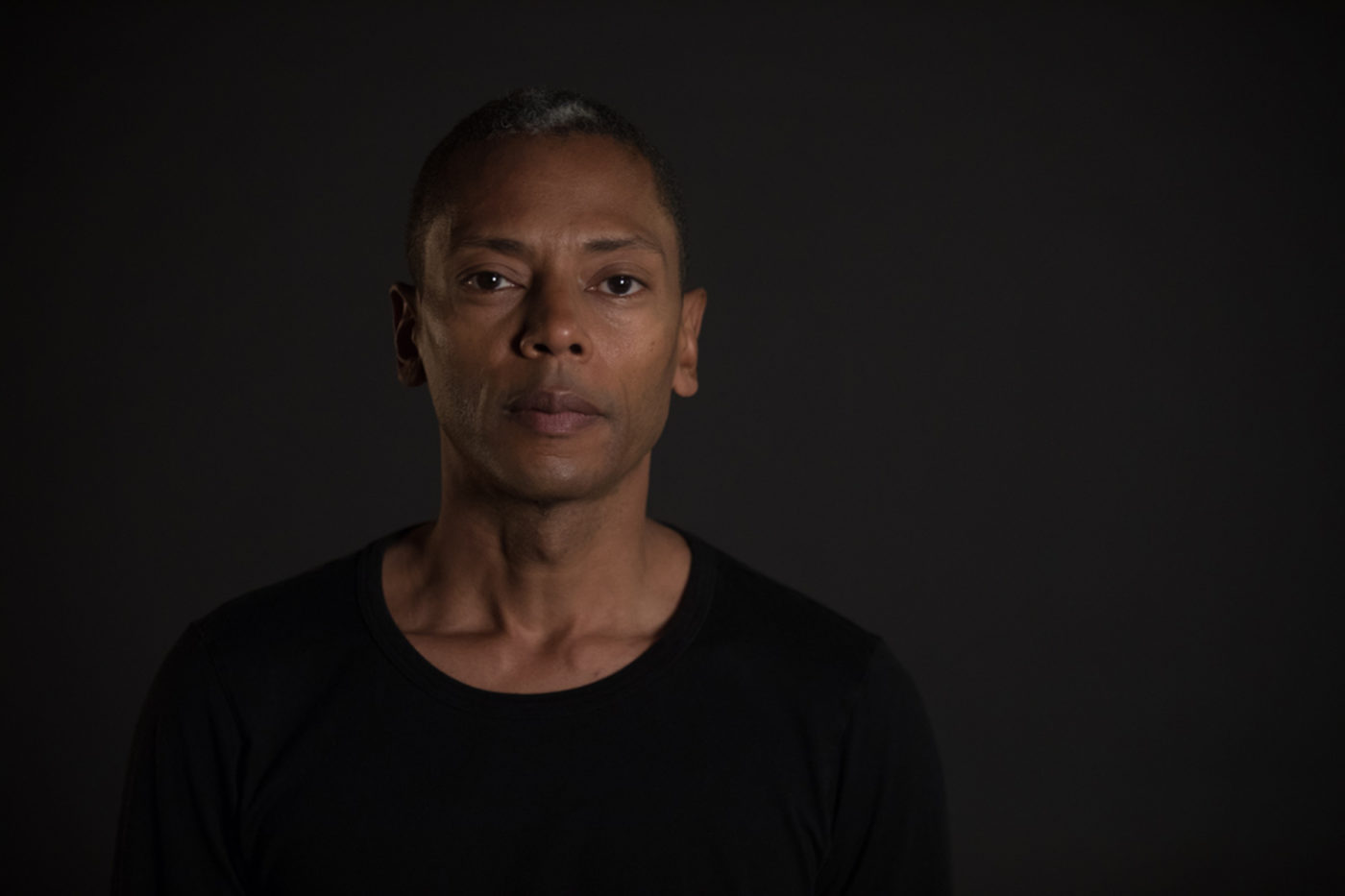Over the past few decades, DJs have forged many avenues to push beyond the basic skill of beatmatching. Early on, word-of-mouth led to experimentation, according to Detroit pioneer Jeff Mills. “In the early 1980s, the art of DJing was still evolving,” he said. “Around those years, and even without a fast and fluid method of communicating between cities, information about what DJs were doing was being circulated around the country.”
“Either by gossip, rumors or second and third-hand accounts, we would just hear what someone was saying a DJ did—and from that, we would try to figure it out ourselves. No video, no recordings, etc. It was just by imagining what it might sound like and what it might take to materialize it. So, we had to be very creative and skillfully proficient. Very quick and precise.
“I was mostly inspired because of the creativity that was involved in programming music. With two or three turntables, one could literally dissect a track and rebuild back up again,” he added.
Jeff’s credentials as an innovator go back to the 1980s, when, as a hip-hop DJ, he earned the title “The Wizard.” His high-octane mixing and scratching set him apart from his peers, and he transferred those techniques to techno. This embrace of evolutionary ideas is at the core of his artistry. Over the past four decades, Jeff has blazed a trail with his visionary philosophy and continuous push to utilize technology and futuristic concepts.
When he’s playing records, Mills boils it down to “extraction of sound.” “Most of my time is spent taking a track away from the mix,” he said. “A technique that mainly uses a combination of modifying the EQ and frequencies and lowering volume until the track vanishes from the mix.” This can be seen in his now legendary Exhibitionist mix, playing on three turntables, transitioning between tracks rapidly, and using the EQs to subtly adjust the frequencies and create harmonious blends.
Though he’s renowned for his future-facing outlook, Mills still places great importance on his own technical ability when it comes to technology. “What I’ve learned over the many years is that it’s better to not rely on technology as much as my own skill and technique. Meaning, if the technology is designed to do everything for me, then I tend not to use it. I would prefer to still have certain ideas that I need to sort out myself. Physically. Not by pushing a button.”
Ever the visionary, he imagines how technology could take on a more organic, mobile form. “I want to have DJ equipment more in the direction of an instrument than a computer,” he said. “Not just colorful pads, but something that would allow me to be more of a soloist. Now, I think we need more than tabletop machines or boxes. By now, I would imagine that machine would have taken on a more organic appearance.”











